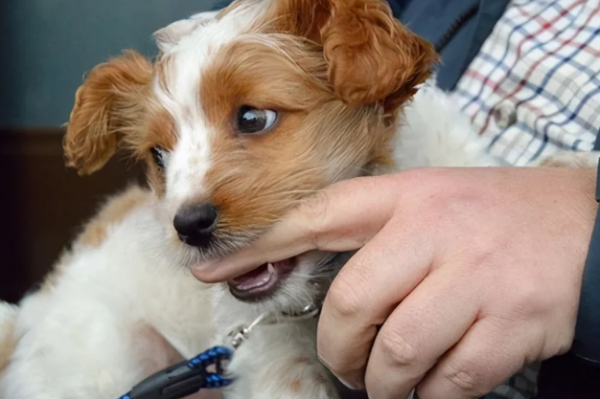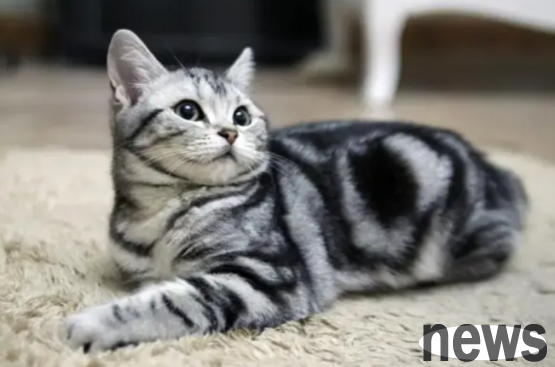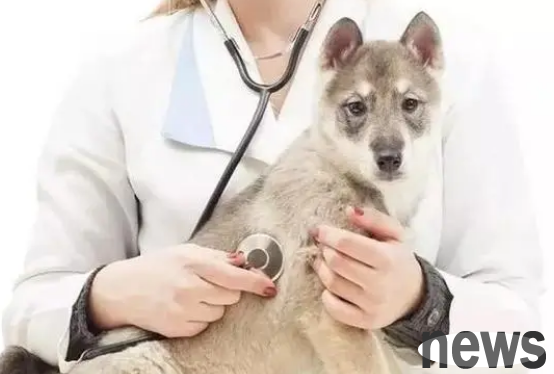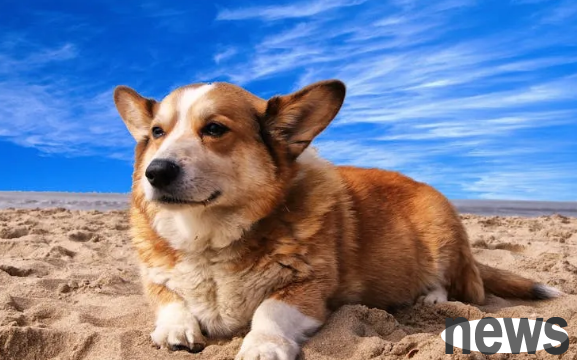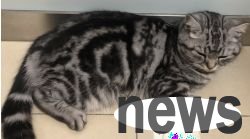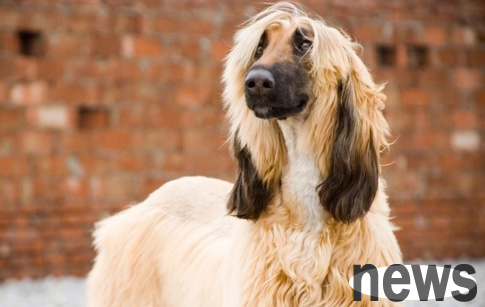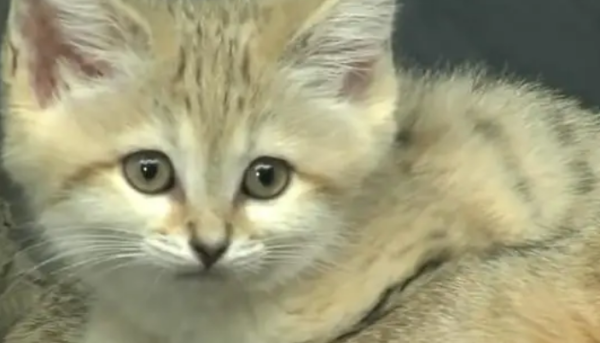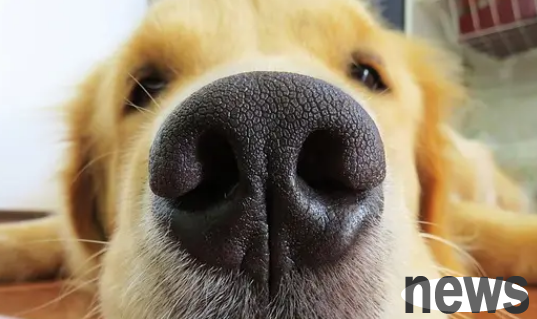What impact does the addition of chin oligosaccharides in feed have on adult cats?
Chitooligosaccharide, also known as oligoglucosaccharide and chitooligosaccharide, is obtained by degradation of chitosan by chitosaccharide. Its resources are relatively abundant, and it is the only positively charged basic amino polysaccharide that exists in nature in large quantities, and is animal cellulose.
Its water-soluble properties are greater than 99%, and it has better biological activity than glycans. It is non-toxic and has no side effects. It can be absorbed directly through intestinal epithelial cells.
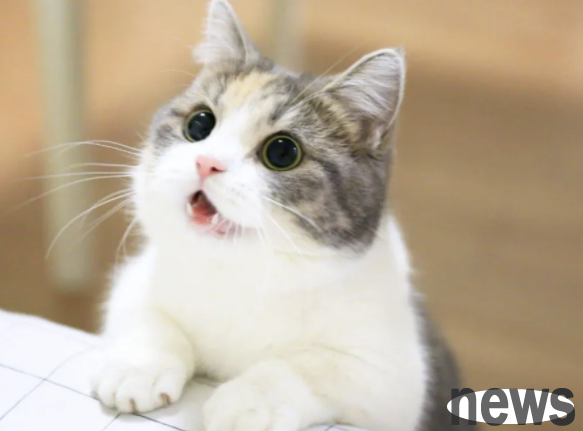
The chitooligosaccharides have long been used in the food industry, and have also been widely used as a new type of feed additive in animal husbandry production.
However, although there have been many studies on the impact of oligosaccharides on livestock, poultry, fish, etc., and there are certain researches on the mechanism of action of oligosaccharides, there are few studies on pets, especially on cats.
Therefore, this experiment explores the impact on the immune function of adult cats and the feces quality of adult cats by adding different concentrations of chitosaccharides to cat diets, in order to provide a basis for the application of chitosaccharides in cat diets.
01The impact of different amounts of chitin oligosaccharides on the immune function of cats
The impact of adding different contents of chitin oligosaccharides on the immune function of adult cats is shown in Table 2.
Note: Different lowercase letters of the shoulder mark in the same column indicate significant differences (P< 0.05), different uppercase letters indicate extremely significant differences (P< 0.01), and the same lowercase letters indicate no significant differences (P≥0.05).
From Table 2, it can be seen that the addition of chitin oligosaccharides to feed can significantly increase the total protein content in adult cat serum (P< 0.05) and increase the level of immunoglobulin A. It has no effect on the content of interleukin-6 and immunoglobulin G. The impact of feces score and quality of
02The addition of different contents of chitin oligosaccharides in feed food on the feces score of cats. The addition of chitin oligosaccharides in feed food ensures that the feces of adult cats are normal. There is no significant difference in feces scores of each component cat (P> 0.05), and the feces scores are within the range of 2 to 2.5. It is well-formed, and it leaves no traces or marks when picked up.
The effects of adding different contents of chitin oligosaccharides to feed on the primary water weight of adult cat feces are shown in Table 3.
It can be seen from Table 3 that different contents of chitin oligosaccharides have no significant effect on the primary water weight of adult cat feces (P> 0.05). Discussion and ConclusionThe immune system of an animal body is mainly composed of immune organs, immune cells and immune molecules. Among them, immune molecules are composed of immunoglobulins, complement, cell molecules, adhesion molecules and receptors.
The content of immunoglobulin is one of the important indicators of immune function. It is an animal protein containing antibody activity. It can specifically bind and react with the corresponding antigen. It is produced by lymphocytes and is a type of protein that is widely present in the blood, tissue fluid, lymph fluid and in vitro secretion of animals. It has high specificity and high affinity.

immunoglobulins have inhibitory effects on many pathogenic microorganisms and toxins. Immunoglobulins identify the complex antigenic structures in the outside world with their huge diversity, agglutinating and engulfing various cells and toxin components in organisms, increasing the body's ability to prevent diseases and resist diseases. The improvement of immunoglobulins can reflect the strength of the animal's immunity.
The results of this experiment show that the content of added chitin oligosaccharides in the feed can increase the increase in immunoglobulin A and immunoglobulin G in cats, thereby improving cats' immunity and enhancing resistance.
Experiments show that the addition of chitin oligosaccharides in feed can improve the immunity of animals, and most of them are targeted at immune molecules.
The possible mechanisms for oligosaccharides to improve the body's immune function are:
① As we all know, oligosaccharides themselves have certain immunogenicity and can stimulate the body's immune response.
② Oligosaccharide molecules are similar to the receptor structure of harmful microorganisms present on intestinal endothelial cells. They can bind to the surface and act as an adjuvant for exogenous antigen to slow down the absorption of antigen, thereby increasing the titer of antigen and enhancing the immune response of humoral fluids and cells in the animal body.
③ Oligosaccharides can also promote the large-scale proliferation of beneficial bacteria in the intestines. Among them, the beneficial bacteria Bifidobacterium can improve the body's resistance, activate the phagocytic activity of macrophages, and thus affect the body's immune function.




